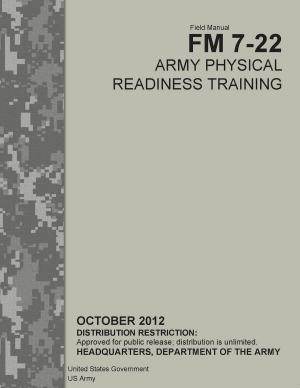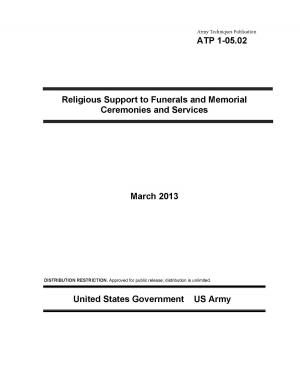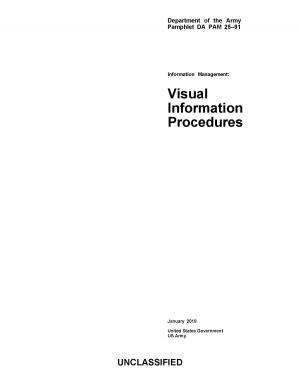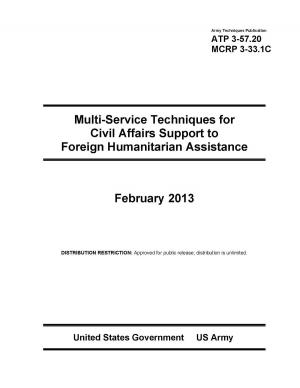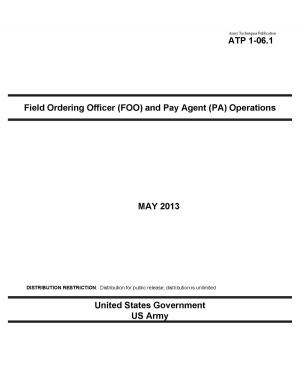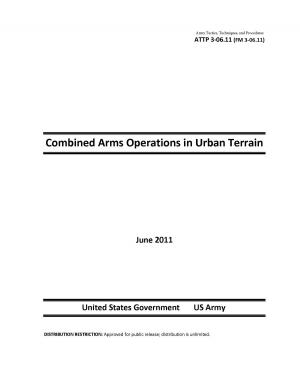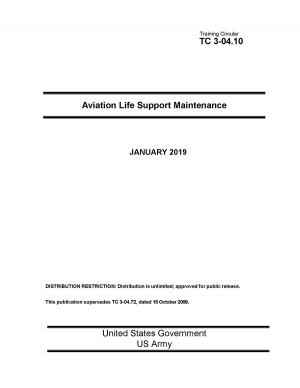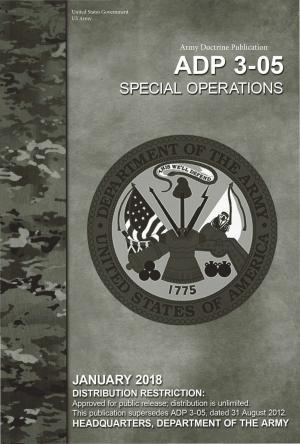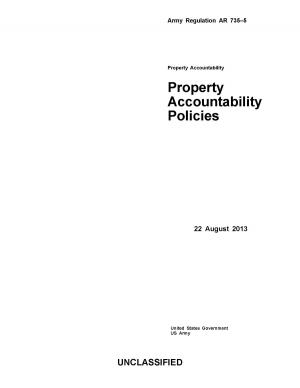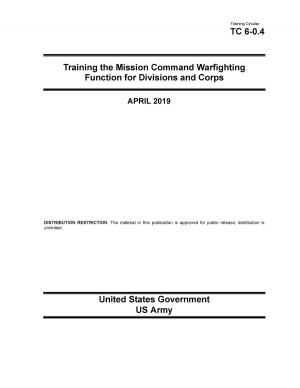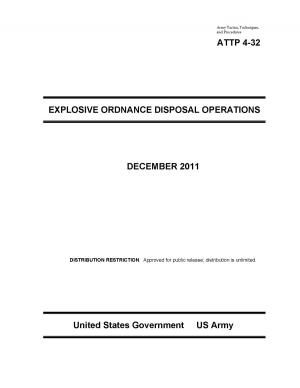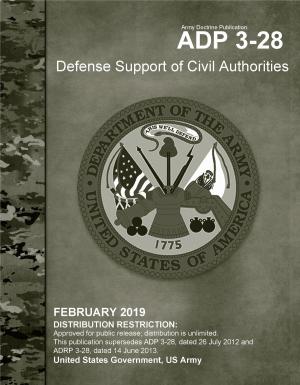Training Circular TC 3-22.20 (FM 21-20) Army Physical Readiness Trainingtc
Nonfiction, Health & Well Being, Fitness, Aerobics, Exercise, Health| Author: | United States Government US Army | ISBN: | 1230000105388 |
| Publisher: | eBook Publishing Team | Publication: | February 9, 2013 |
| Imprint: | Language: | English |
| Author: | United States Government US Army |
| ISBN: | 1230000105388 |
| Publisher: | eBook Publishing Team |
| Publication: | February 9, 2013 |
| Imprint: | |
| Language: | English |
The Army assesses, plans, prepares, and executes training and leader development through training based on tasks, conditions, and standards. Knowing the task, assessing the level of proficiency against the standard and developing a sustained or improved training plan is the essence of all Army training. Army training overall prepares Soldiers, leaders, and units to fight in the full spectrum of operations. Combat readiness is the Army’s primary focus as it transitions to a more agile, versatile, lethal, and survivable force. Physical readiness training prepares Soldiers and units for the physical challenges of fulfilling the mission in the face of a wide range of threats, in complex operational environments, and with emerging technologies. - Part I, Philosophy, covers approach, system, and leadership. - Part II, Strategy, covers types of programs, planning considerations, and special conditioning programs. - Part III, Activities, covers execution of training, preparation and recovery, strength and mobility, and endurance and mobility. - Appendix A is the Army Physical Fitness Test. - Appendix B discusses climbing bars. - Appendix C discusses posture and body mechanics. - Appendix D discusses environmental considerations. - Appendix E discusses obstacle negotiation. This training circular— - Provides Soldiers and leaders with the doctrine of Army physical readiness training. - Reflects lessons learned in battles past and present, time-tested theories, and principles and emerging trends in physical culture. - Helps ensure the continuity of our nation’s strength and security. - Prepares Soldiers physically for full spectrum operations. - Explains training requirements and objectives. - Provides instructions, required resources, and reasons why physical fitness is a directed mandatory training requirement as specified in AR 350-1, Army Training and Leader Development. - Allows leaders to adapt physical readiness training to unit missions and individual capabilities. - Guides leaders in the progressive conditioning of Soldier strength, endurance, and mobility. - Provides a variety of physical readiness training activities that enhance military skills needed for effective combat and duty performance. Soldier physical readiness is acquired through the challenge of a precise, progressive, and integrated physical training program. A well-conceived plan of military physical readiness training must be an integral part of every unit training program. This training circular prescribes doctrine for the execution of the Army Physical Readiness Training System.
The Army assesses, plans, prepares, and executes training and leader development through training based on tasks, conditions, and standards. Knowing the task, assessing the level of proficiency against the standard and developing a sustained or improved training plan is the essence of all Army training. Army training overall prepares Soldiers, leaders, and units to fight in the full spectrum of operations. Combat readiness is the Army’s primary focus as it transitions to a more agile, versatile, lethal, and survivable force. Physical readiness training prepares Soldiers and units for the physical challenges of fulfilling the mission in the face of a wide range of threats, in complex operational environments, and with emerging technologies. - Part I, Philosophy, covers approach, system, and leadership. - Part II, Strategy, covers types of programs, planning considerations, and special conditioning programs. - Part III, Activities, covers execution of training, preparation and recovery, strength and mobility, and endurance and mobility. - Appendix A is the Army Physical Fitness Test. - Appendix B discusses climbing bars. - Appendix C discusses posture and body mechanics. - Appendix D discusses environmental considerations. - Appendix E discusses obstacle negotiation. This training circular— - Provides Soldiers and leaders with the doctrine of Army physical readiness training. - Reflects lessons learned in battles past and present, time-tested theories, and principles and emerging trends in physical culture. - Helps ensure the continuity of our nation’s strength and security. - Prepares Soldiers physically for full spectrum operations. - Explains training requirements and objectives. - Provides instructions, required resources, and reasons why physical fitness is a directed mandatory training requirement as specified in AR 350-1, Army Training and Leader Development. - Allows leaders to adapt physical readiness training to unit missions and individual capabilities. - Guides leaders in the progressive conditioning of Soldier strength, endurance, and mobility. - Provides a variety of physical readiness training activities that enhance military skills needed for effective combat and duty performance. Soldier physical readiness is acquired through the challenge of a precise, progressive, and integrated physical training program. A well-conceived plan of military physical readiness training must be an integral part of every unit training program. This training circular prescribes doctrine for the execution of the Army Physical Readiness Training System.

